- Home
- New Kyurizukai
- Precision Engineering
from Keio's Faculty of Science and Technology
Precision Engineering
from Keio's Faculty of Science and Technology
Era of innovative
manufacturing ushered
in by intelligent technology
Challenging myself to new fields in all seriousness led to establishing my researcher career
Wishing to become a medical doctor like his father, Dr. Kakinuma took up the challenge of an entrance exam for a national university medical department in vain. He says that the first three years of his campus life at Keio (which was not his first choice) was somewhat purposeless, but joining a lab as a senior awakened his interest in the excitement of research. What underlies his subsequent smooth and successful path of researcher life despite his initial bitter experience seems to be his sincere attitude in addressing any challenges with all his energy.
Yasuhiro Kakinuma
Dr. Kakinuma’s specialties are nano/micro-machining and intelligent machine tools. His current research themes are analysis of phenomena for nano-scale cutting and intelligent machine based on the observer theory. His activity ranges widely from fundamental studies to applied research into fusion of mechanical and control technologies. He obtained a doctorate (Eng.) in 2006. After becoming a research assistant for the Department of System Design Engineering of Keio University Faculty of Science and Technology in 2005, he was promoted to assistant professor in 2008, then to the current position as associate professor in 2011.
The Research
Associate Professor Yasuhiro Kakinuma is featured in this issue, whose field of research focuses on innovative manufacturing based on intelligent technology of a field of precision engineering.
Aiming to create innovative machine tools with abilities comparable to humans
Production engineering as the fruition of research into interdisciplinary fusion
Associate Professor Yasuhiro Kakinuma specializes in precision engineering and the scope of his research is truly diverse and extensive. Using an interdisciplinary approach – sometimes taking advantage of knowledge from materials engineering and control engineering and from nanophotonics at other times – he has created a variety of innovative manufacturing technologies, which puts him in the spotlight. We asked him about his energetic research activities and achievements.
Expectations are high for application of functional gel with surface adhesion that change in response to an electric field
Dr. Kakinuma specializes in production engineering, centering on micro/nanomachining technology and development of machine elements. He currently tackles three pillars of research: ① development of machine elements based on electro-adhesive gels; ② development of intelligent machine tools that can “feel the applied force”; and ③ ultra-precision machining of hard-and-brittle materials and elastic polymers.
What characterizes his research activity is that in any project he challenges the development of unprecedented production engineering while introducing elements of other disciplines.
Take electro-adhesive gels, for example. These gels are based on “ElectroRheological (ER) fluids”, the viscosity of which changes by applying a voltage. A kind of functional fluid, ER fluids were discovered in the 1940s and their application development was energetically promoted in the 1990s mainly in the automotive industry.
“ER fluids are a functional fluid that changes viscosity when electricity is applied – like milk transforming into Bavarian cream and into cheese. In other words, it hardens by applying a voltage. As such, expectations are high for application of ER fluids in various industrial fields. But this fluid was not without problems: its effects decline as its particles precipitate and condense with a lapse of time; and as a fluid, it is hard to handle. In the early stage of my research, I aimed to develop an ER fluid-applied device. So I took one step further into the field of materials development, which was not my line though, in an attempt to make the ER fluid into a gel that is easier to handle. This attempt brought an unexpected result,” Dr. Kakinuma remarks.
One day, he mistakenly injected more than double the amount of a gelation material, which happened to produce an almost rubbery gel. He investigated the properties of this material and found to his surprise that its surface could take on adhesion when electricity was applied.
“Its image was like Scotch tape, the front surface of which has transformed into the reverse side due to electricity, so to speak. In this phenomenon, the adhesion was generated because micro particles, which had been dispersed in the silicone gel, condensed due to application of electricity. This in turn squeezed the gel inside out to the surface. Since this field was out of my line, I was conducting research with the cooperation of a chemical maker. As a non-specialist, I was not enmeshed by ready-made ideas, which eventually proved to be lucky for me,” he continues.
Taking advantage of electro-adhesive gels’ characteristic feature – the ability to fix things with adhesion simply by applying electricity – Dr. Kakinuma is now intent to develop its application: to the fixing of semiconductor silicon wafers during processing and transfer; to dampers for suppressing vibration; and to clutches and brakes of precision machinery.
He says, “I’m moving forward with application development of electroadhesive gels, making the most of my specialty, production engineering, by enhancing their adhesion by laminating and downsizing.”
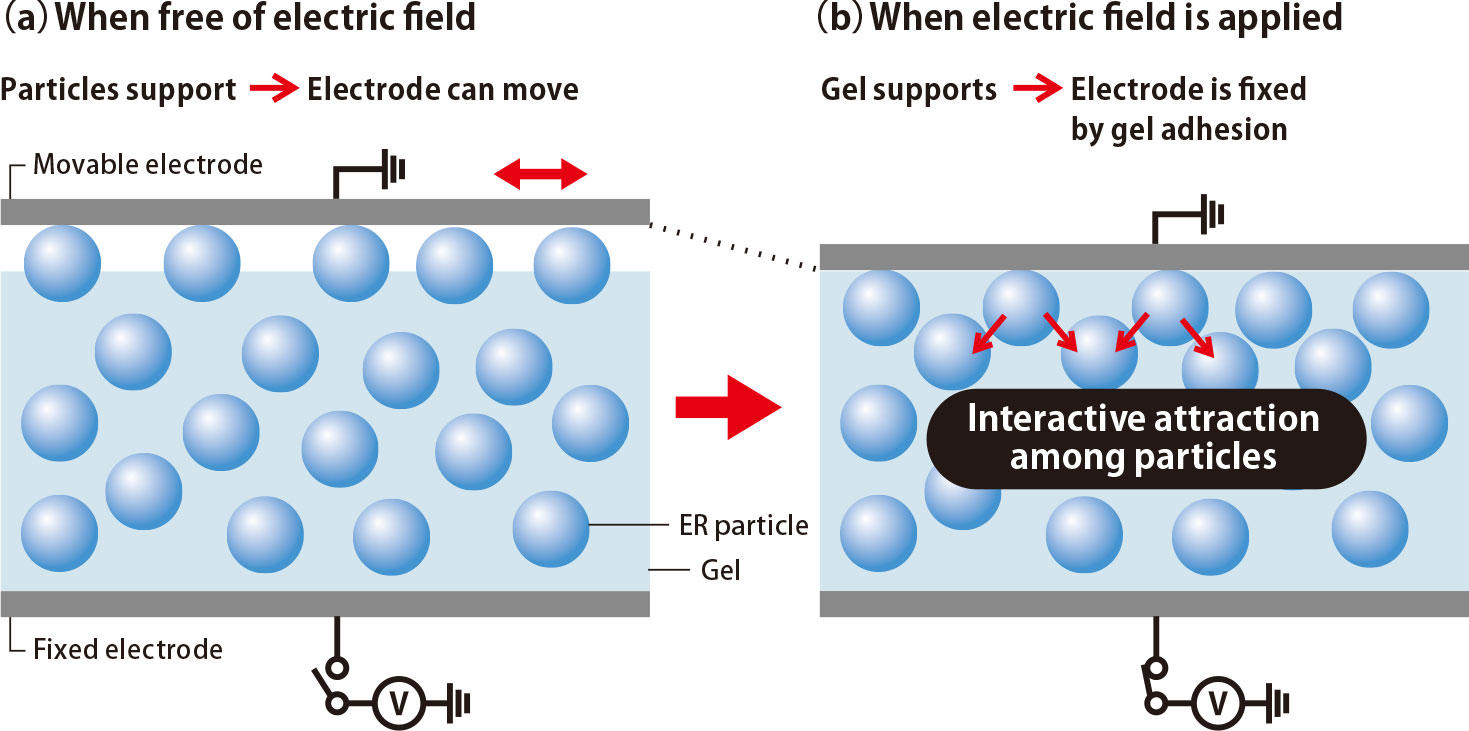
Fig. 1 Mechanism for generation of electro-adhesive effects
(a) When free of an electric field, ER particles, which have protruded from the gel surface, support the movable electrode. The mobile electrode can move freely because ER particles have excellent slip characteristics.
(b) When an electric field is applied, dielectrically polarized ER particles attract each other. This causes the particles, which have protruded from the gel surface, to move into the inside of the gel. Meanwhile, the gel rises and adheres to the mobile electrode.
Development of an innovative machine tool with sensor-less process monitoring function
With respect to the second pillar of research – development of intelligent machine tool that can “feel the applied force with no additional sensors” Dr. Kakinuma introduced knowledge from control engineering.
“This kind of machine is a system capable of observing servo information and controlling the machining force and torque freely without using sensors. The key to this system is the application of a “disturbance observer” (tasked with monitoring external loads) to the drive control system of a linear-motor-driven table. When there is a gap between the actual output and the theoretically available output for a given input, this technology allows us to estimate what external impact has been exerted.”
Intrinsically, a force sensor is required to directly measure an external force exerted on a machine. However, the disturbance observer can estimate the force applied. This is done based on an equation of motion and by using a positioning system incorporated in the machine tool, which reads the electric current flowing in the motor (input information) and output of motor speed or response position (output information). The disturbance observer thus allows dynamic processing loads to be estimated in real time – its main feature.
“As a general trend today, we see almost all machines and systems are equipped with sensors. However, sensors themselves are costly and maintenance costs inevitably increase due to shortened maintenance periods, which is another cost-raising factor. Therefore, “a sensorless mechanism” is a coveted requirement when it comes to machine tools and the like that are usually used for at least ten to twenty years. As such, sensorless process monitoring technologies are coming into focus of attention of the industry, which I’m striving to put into practical use within a few years.”
Based on the results of process monitoring, Dr. Kakinuma is also tackling the development of a technology that can control the processing force. He expects that the success of this development will make it possible to avoid “chatter vibration” – the so-called “hard-to-attain longtime challenge” in machining.
“Vibrations lead to defective products and machine malfunctions. Particularly problematic is self-excited vibration (a type of in-system vibration) that unexpectedly takes place when certain conditions are satisfied as a result of a machine tool’s dynamic characteristics and causes relating to its machining process. Occurrence of self-excited vibration is extremely difficult to predict; as of today, there is no effective way to prevent it. So I’m addressing this problem by using a disturbance observer to determine characteristics of such vibration in real time, the data from which I hope will provide the basis for a solution – control of a force. Some day in the future, I wish to create a machine that has human-like abilities in a true sense.”
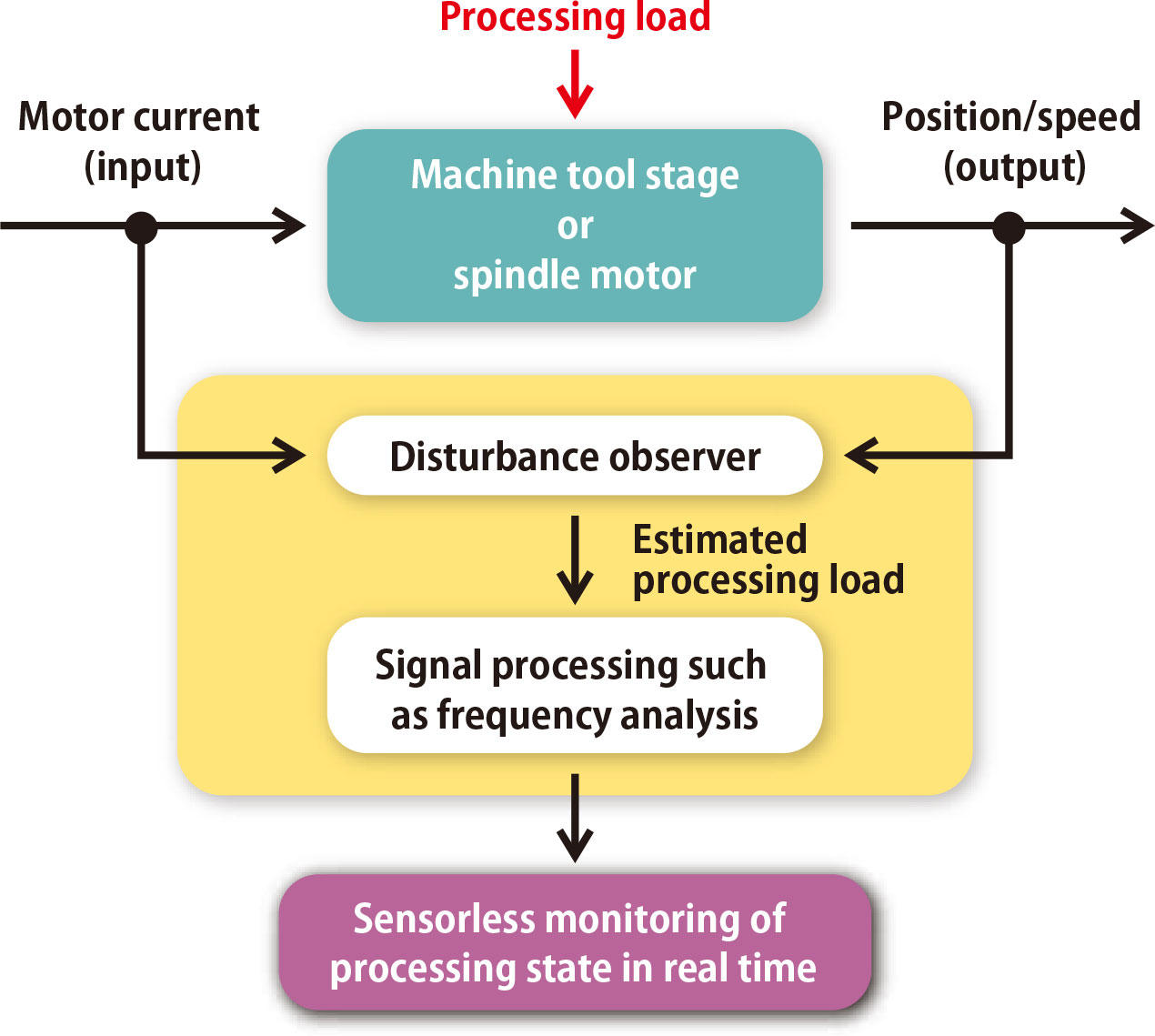
Fig. 2 Sensorless process monitoring
Based on the disturbance observer theory, sensorless process monitoring diagnoses chattering vibration, tool breakage and other abnormalities by estimating processing loads from input/ output information on the spindle and machine tool stage, and by imparting signal processing such as frequency analysis to such information.
Research going as far as nanomachining of optical devices
Furthermore, in the field of ultraprecision machining of hard-and-brittle materials and elastic polymers, Dr. Kakinuma extended his scope of research to include analysis of phenomena peculiar to nanomachining. Based on this analysis, he is currently developing processing machines vitally needed in ultra-precision machining.
“When it comes to machining glass like a lens, it can break if you cut into the material in an ordinary way. However, a flawless, transparent lens can be produced if you use ultrasonic vibration or process it in the nano-range. I’m now in the process of analyzing this phenomenon. In this connection, I’m also working with young professor from the Department of Electronics and Electrical Engineering to develop an optical microresonator. The optical microresonator is designed to confine light, which travels at the light speed, in a certain place for a certain period of time. As such, it can become a device that will enable light-based signal processing” he points out.
With the current method of signal processing by means of electricity, energy loss due to Joule heat is unavoidable. Instead, if light-based signal processing becomes a reality, it will dramatically reduce such energy loss, leading to significant improvement of battery durability – our long-time headache. As you can see, Dr. Kakinuma’s research activity extends as far as nanophotonics, the frontier field of light control.
“I admit that interdisciplinary fusion involves hard challenges of learning unknown fields. On the other hand, by becoming versed in both machine and control technologies, it’s becoming possible to obtain heretofore unavailable research results. I’d like to continue to pursue innovative research that will benefit society,” he concludes enthusiastically
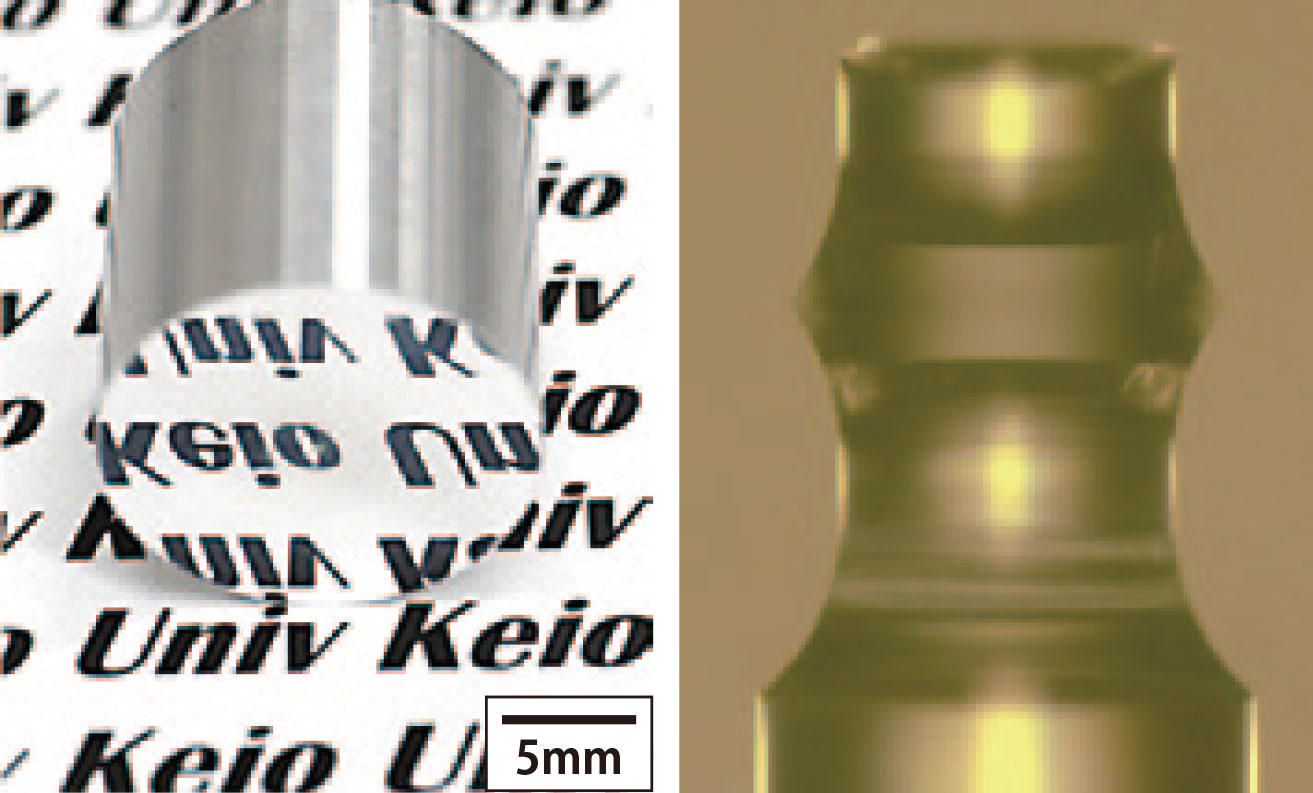
Fig. 3 Nanoprecision (ultra-high precision) machining technology
Left photo: This is a ultra-high precision processing machine trial-manufactured by our students. As shown here, it has a mirrorfinished surface by means of a diamond tool. Right photo: This is an optical microresonator (a container to confine light) made of fluorite (CaF2). It was made using a ultra-high precision processing machine, taking crystal anisotropy into account.
Interview
Associate Professor Yasuhiro Kakinuma
Experiences in childhood led to successful research I into production engineering
What was your childhood like?
From kindergarten through senior high school, I was studying at Seijo Gakuen, a private educational institute adopting a consistent education system similar to Keio Gijuku. The education at Seijo Gakuen was unique; particularly its elementary school emphasized learning from nature and encouraged studying science and mathematics experientially, leading children to touch and feel actual objects. Not only did the school educate children through books, but also more importantly led them to have questions about things and think about “Why so?” For example, its curriculum included a unique two-hour-straight program known as “Stroll Time” – an opportunity for children to take plants and insects in their hands and learn from nature while strolling outside the school.
There were also art-oriented subjects such as painting, craft making, plastic art, audiovisual art and dramatic art. It seems that these curriculums together provided the foundation that helped nurture my interest in production engineering. In those days, at home I was absorbed in messing around with mechanical things, such as assembling/remodeling a radio-controlled model car.
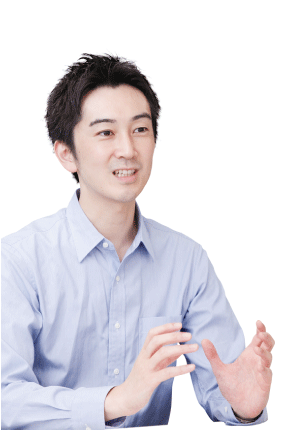
To tell you the truth, all the subjects – EXCEPT the five core subjects – in my report card were “E” (Laughter)! Looking back at my Seijo Gakuen school life, the experiences I gained as a schoolboy turned out to be a great asset for me to acquire a sense required of a researcher specializing in manufacturing technology. My major hobby is music appreciation. Under the influence of my mother who was a classical music vocalist, I began learning the violin as a kindergarten boy and continued it up to the end of junior high school days. To learn the violin, I attended Toho Gakuen’s music school – or “was told to attend the lesson” to put it more correctly. Frankly speaking, I hated going to the music school (Laughter) . . . After all, you cannot master anything if you do it reluctantly. Although I quit playing the violin completely, I still like to listen to classical music. It is often the case that when I visit foreign countries for international conferences, I make time for going to concert halls to enjoy orchestral performances. I’m grateful to my mother for orienting me to this hobby (Laughter).
Taking an interest in interdisciplinary fusion studies at Faculty of Science and Technology
Did you aim to become an engineering researcher from the very beginning?
No. My father was a university hospital doctor, whose back I had always being looking at. So it had been my dream, vague though, up to the junior high school days, to become a medical doctor like my father. Since Seijo University didn’t have a faculty of medicine, I had to take an entrance exam for a university with a faculty of medicine. In those days, the university I had in mind was a national university.
But I failed the national university entrance exams even after spending a gap year. So I decided to switch to the second choice – Keio University Faculty of Science and Technology. There were a couple of reasons for this choice: I liked to mess around with things mechanical since childhood, and physics was my favorite subject as a senior high school student. To tell the truth, I was not very much interested in biology, the imperative subject for medicine. Because of this, as a gap-year student I was really at a loss whether or not advancing to a faculty of medicine is the right way for me. The fact was I was beginning to find myself more attracted to science and technology. If I put it in terms of positive thinking, the failure in the national university entrance exams might have been the due course of my life after all. I can say this because I was eventually able to choose and follow the course of life most suitable for me.
Given my interest in interdisciplinary fusion studies, it was particularly the right decision that I chose the Department of System Design Engineering.
How did you spend your campus life?
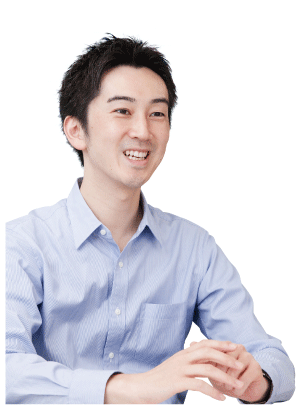
Honestly speaking, I was a somewhat cynical student as a freshman and sophomore. In fact, my motivation of life was low and my life then was a purposeless one due mainly to failing the entrance exam for the faculty of medicine. So I attended only the classes of my favorite subjects; otherwise I used to kill time at the tennis circle and by working as a private tutor as a sideline. I could afford such a lifestyle because I could earn the required credits without studying hard thank to the knowledge I had accumulated during my gap year (some may criticize me for such an easy-going attitude though). Naturally, I had no intention whatsoever to become a researcher in the future.
A turnaround in my motivation came when, as a senior, I joined Professor Tojiro Aoyama’s (currently Dean of the faculty) lab. I awoke to the excitement of shedding light on various phenomena as I conducted experiments while coming to find enjoyment as well as difficulty in giving concrete shape to my ideas.
That said, in those days I had just begun to study electro-rheological gels (the forerunner of electro-adhesive gels) and couldn’t achieve any tangible results. I was shocked indeed by the gap between the armchair theory and reality. Despite that, I had to proceed with the challenge of seemingly answerless questions by finding problems by myself and probing for ways of solving them on my own. It was a delightfully exciting experience, but at the same time I took it to heart that a researcher’s career was such a painstaking one.
So, when I went on to the master’s course, I complained to Prof. Aoyama and asked him for permission to change my research theme. But his advice was simple: “Patience is the key to success in research.” Consequently, I decided to focus on this material throughout the master’s course. In the initial stage of research, my major theme was application of the material. In the course of time, however, I proposed to Prof. Aoyama that basic research for developing the material itself would be indispensable. This time, the broad-minded Aoyama-sensei accepted my appeal agreeably. Now highly motivated, I devoted myself to research, which led to the successful development of a new functional material in the second summer of my master’s course. I applied for a patent for this development together with my joint research partner. This success naturally made me think that parting with this project at this stage would be a waste, urging me to lead it to the next step for application research. Up to this moment, finding employment with a private company had been an option for my future life, but I decided to go on to the doctor’s course.
Adopted as a research assistant, I renewed my determination as a researcher
You mean you made up your mind to choose a researcher’s career just at that stage?
Well, I decided to enter into that career not only on my own initiative but also thanks to Prof. Aoyama’s advice. When I consulted with my parents on this matter for, they gave me their wholehearted support. More importantly, I myself was determined to follow the path of my own choosing. In this connection, Keio University made a decision to adopt me as a research assistant for the Department of System Design Engineering in 2005, the second year of my doctoral study. Adoption of a research assistant while he/she is still in the doctor’s course was a rarity, which renewed my motivation to emerge as the top-notch researcher in this field.
Also eager to meet the expectations of the people around me, I desperately devoted myself to studies and earned a doctor’s degree in two years. I was promoted in rapid succession to assistant professor in 2008 and to the current position as associate professor in 2011.
Incidentally, Prof. Aoyama was very generous. When I asked for his permission to join the seminar of Professor Kouhei Ohnishi (the authority of control technology) as the next step to materials study, he readily agreed. Back in those days (when I was a doctoral course student), I was lucky enough to meet Associate Professor Seiichiro Katsura (then a doctoral course student like myself), who was a member of the Ohnishi lab. Working with Dr. Katsura in a joint research project concerning accurate positioning for linear motor stage was a rewarding experience, which is still a great asset for me. It’s an interesting coincidence that both of us are now serving as associate professors at the Department of System Design Engineering (Laughter). I became well versed in both production engineering and control engineering thanks to the encounter with Dr. Katsura and having worked with him in a joint research, which is now my great strength as a researcher.
How many students presently belong to the Kakinuma lab?
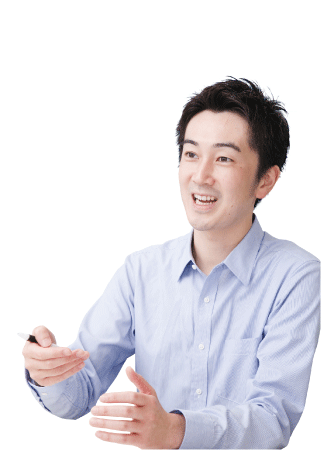
One in the doctoral course, nine in the master’s course and six undergraduate students – 16 students in total. If members of the Aoyama lab, who learn at the same seminar as the Kakinuma lab, are included, the combined force comes to 28 in total. This seminar seems well balanced due to the presence of the well-experienced Prof. Aoyama and myself whose age is close to the students’. The Aoyama/Kakinuma lab has a very good atmosphere. “Be serious both in research and play” – this is our lab’s motto. I can see our students enjoying softball games when they have time to spare and making trips on holidays together. Speaking of softball, our lab once won the Keio Gijuku Presidential Cup in the inter-departmental tournament. What makes our lab comfortable and productive is that all of our lab members are friendly with each other and unified.
How are you spending your free time?
I have three children. I relax by viewing animations and playing with them. Having said that, my headache is that due to my busy research life I cannot afford sufficient time to be with my children, which both my wife and children always complain about. It may sound like an excuse, but I actually have a pile of things to do as a researcher, which interferes with my happy time with the family, you know (Laughter).
Some words from students
Student : Maybe because his age is close to ours, Dr. Kakinuma always takes good care of us, ready to give warm advice. What’s more, his advice looks ahead into the future and accurately indicates the course our research should follow, which is truly reassuring. All our lab members are very friendly with each other, so it’s no exaggeration that we come to the lab just because it’s a pleasant place to be in. No wonder we can devote ourselves to anything – in study or play.
(Reporter & text writer: Madoka Tainaka)


